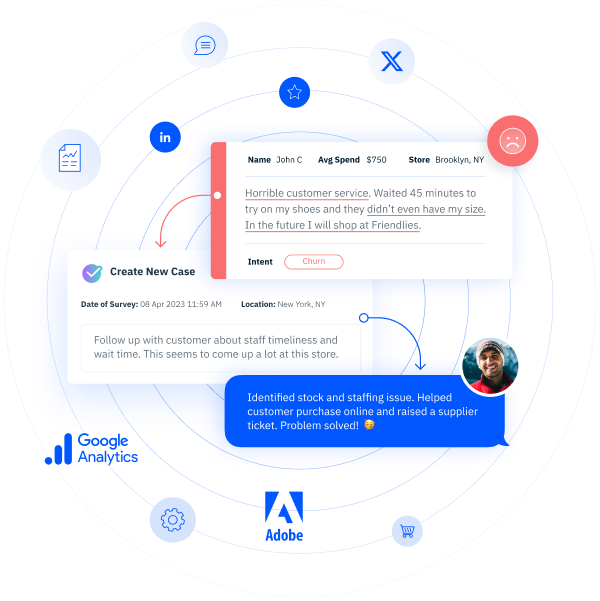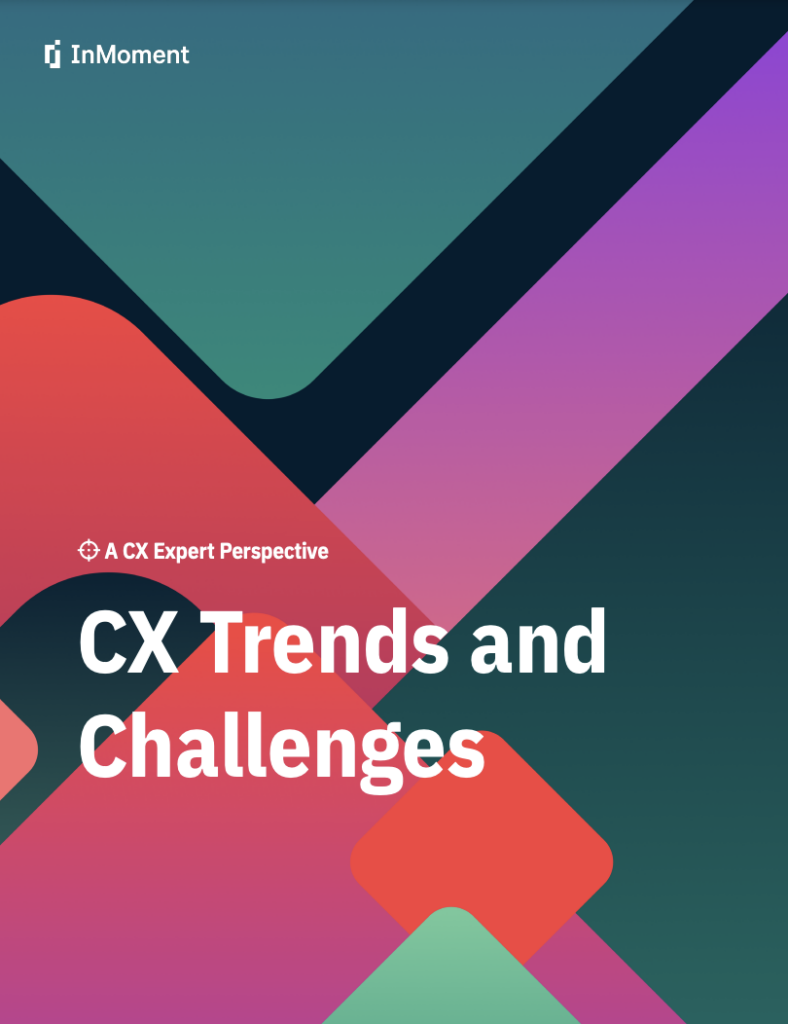
What is your experience program looking to do in 2021? Is it a disparate list of tasks or a strategic play guided by a clear goal? If you feel like it’s more of the former for your team, we may have the guiding light you need: Experience Improvement (XI).
For so long, experience initiatives have focused on managing and measuring customer and employee experiences. But the truth is, that approach does nothing to actually move the needle for the business as whole. That’s why Pearl-Plaza started setting a new goal for experience programs, one that focuses on not just understanding where things are and where they have been, but what brands need to do to move onward and upward.
Sound like something you’d like to employ for your business? We’ve put together a list of our top XI content from our experts to start you on the right foot. Keep reading for the scoop!
Top 5 Pieces for Your XI Journey
- Measuring Alone Doesn’t Make You Taller: Why Business Leaders Must Focus on Experience Improvement
- Achieving Continuous Improvement: A Framework for Success
- How You Listen Matters: Modernizing Your Methods & Approach to Customer Feedback
- Understanding to Improve: Getting the Most Out of Customer & Employee Data with World-Class Text Analytics
- The Four Pillars of Customer Experience ROI
Measuring Alone Doesn’t Make You Taller: Why Business Leaders Must Focus on Experience Improvement
As we mentioned above, focusing on measuring experience alone will not actually do anything to improve experiences (or your bottom line at that). That’s why business leaders looking to have a positive impact through experience need to shift their focus to an Experience Improvement initiative.
This point of view article explains the difference in-depth to help you change your mindset. Check it out here!
Achieving Continuous Improvement: A Framework for Success
Once you have the mindset down, how do you steer your program (and organization) toward Experience Improvement? Enter the Continuous Improvement Framework.
This success framework consists of five steps that we use to guide clients toward their goals: design, listen, understand, transform, and realize. The best part? This framework doesn’t just set you up for one time success, it is meant to be used cyclically, so that as the world and your business evolve, your experience is constantly improving. For more on the framework, read the full piece by Eric Smuda here.
How You Listen Matters: Modernizing Your Methods & Approach to Customer Feedback
Listening to customers and employees is a foundational function of any experience program. Brands have been doing it for decades, but decades old methods and approaches aren’t the way to go in our technology-driven age.
That’s why it’s so vital to understand what a truly modern listening program looks like today—and to get a clear idea of how to create one. That’s why we created this eBook; you can access it for free here.
(Quick tip: Check out page five!)
Understanding to Improve: Getting the Most Out of Customer & Employee Data with World-Class Text Analytics
Once you’ve listened to customers and employees, you need the right tools to understand all that feedback. That’s why powerful text analytics are so important. Without them, you’re left with a mountain of data and no way to identify action items (much less, which items will have the most impact on the experience).
If you’re looking for a primer on analytics and which solutions offer the most for your program, this eBook is your go to! Find it here.
The Four Pillars of Customer Experience ROI
Ah, the age-old experience problem: proving return on investment. Business know that improving experiences is helpful, but it seems like they have struggled to show the link between experience initiatives and business success for decades.
At Pearl-Plaza, we believe that every experience effort you pour resources into should be linked to tangible value in four specific areas we call the economic pillars of experience. This infographic will tell you more!
Hungry for more on Experience Improvement? We’ve got some big plans for how-to content in 2021! We can’t wait to share.








